Natalie Wolchover, Life's Little Mysteries Staff Writer
Date: 07 March 2011 Time: 11:53 AM ET
Boils in a Big Bubble
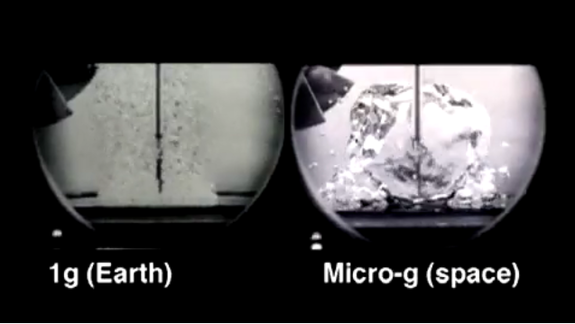 Water
Water Fluid dynamics are so complex that physicists didn't know for sure what would happen to boiling water in microgravity until the experiment was finally performed in 1992 aboard a space shuttle. Afterward, the physicists decided that the simpler face of boiling in space probably results from the absence of convection and buoyancy — two phenomena caused by gravity. On Earth, these effects produce the turmoil we observe in our teapots.
Much can be learned from these boiling experiments. According to NASA Science News, "Learning how liquids boil in space will lead to more efficient cooling systems for spacecraft ... [It] might also be used someday to design power plants for space stations that use sunlight to boil a liquid to create vapor, which would then turn a turbine to produce electricity."
Flames Are Spheres
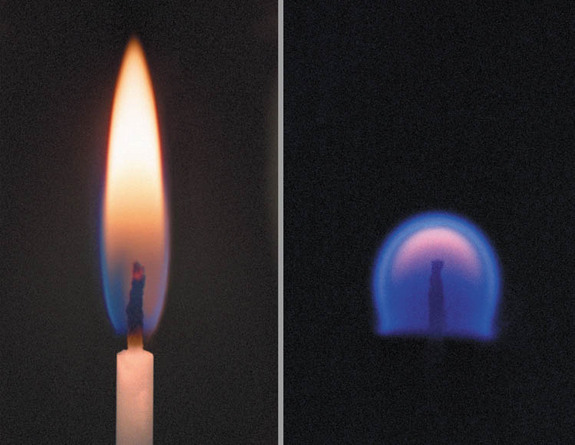
The closer you are to the Earth's surface, the more air molecules there are, thanks to the planet's gravity pulling them there. Conversely, the atmosphere gets thinner and thinner as you move vertically, causing a gradual decline in pressure. The atmospheric pressure difference over a height of one inch, though slight, is enough to shape a candle flame.
That pressure difference causes an effect called natural convection. As the air around a flame heats up, it expands, becoming less dense than the cold air surrounding it. As the hot air molecules expand outward, cold air molecules push back against them. Because there are more cold air molecules pushing against the hot molecules at the bottom of the flame then there are at its top, the flame experiences less resistance at the top. And so it buoys upward.
When there's no gravity, though, the expanding hot air experiences equal resistance in all directions, and so it moves spherically outward from its source.
Bacteria Grow More ... and Are More Deadly
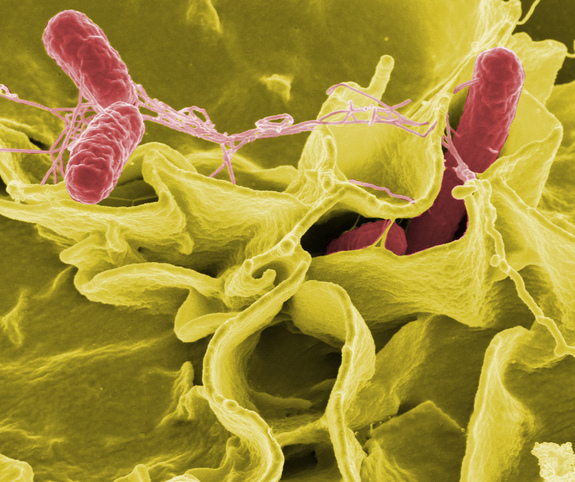
There are several hypotheses as to why bacteria thrive in weightlessness. They may simply have more room to grow than they do on Earth, where they tend to clump together at the bottom of petri dishes. As for the changes in gene expression in salmonella, scientists think they may result from a stress response in a protein called Hfq, which plays a role in controlling gene expression. Microgravity imposes mechanical stresses on bacterial cells by changing the way liquids move over their surfaces. Hfq responds by entering a type of "survival mode" in which it makes the cells more virulent.
By learning how salmonella responds to stress in space, scientists hope to learn how it might handle stressful situations on Earth. Hfq may undergo a similar stress response, for example, when salmonella is under attack by a person's immune system.
You Can't Burp Beer
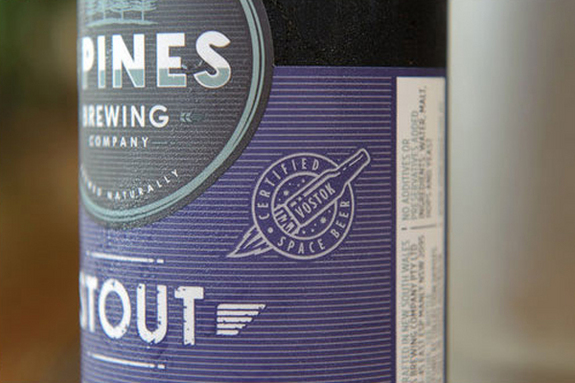
Luckily, a company in Australia has concocted a brew that'll be just the thing for kicking back on spaceflights. Vostok 4 Pines Stout Space Beer is rich in flavor, but weak in carbonation. A nonprofit space research organization called Astronauts4Hire is looking into whether the beer will be safe for consumption on future commercial spaceflights.
A Rose by the Same Name Smells ... Different
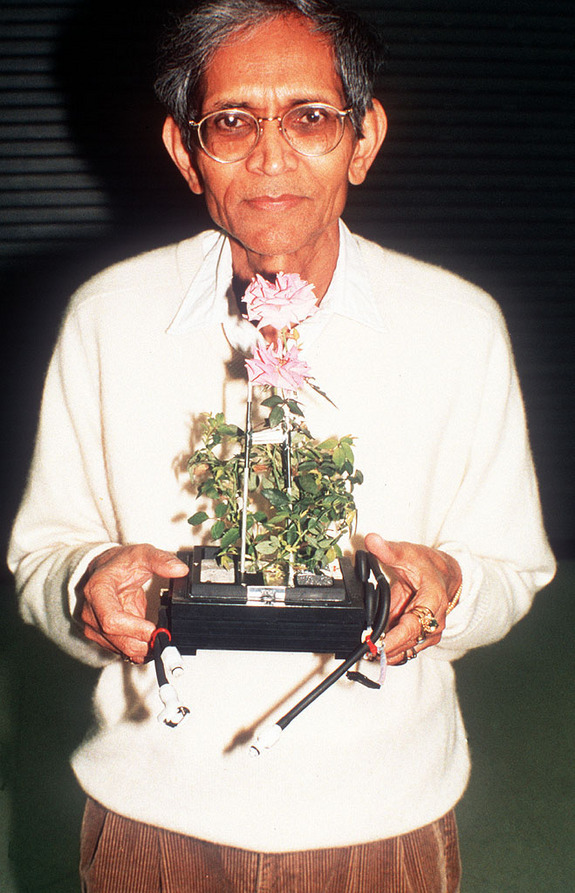
An "out of this world" fragrance produced by a variety of rose called Overnight Scentsation flown on the space shuttle Discovery in 1998 was later analyzed, replicated and incorporated into "Zen," a perfume sold by the Japanese company Shiseido.
You Sweat More



No comments:
Post a Comment